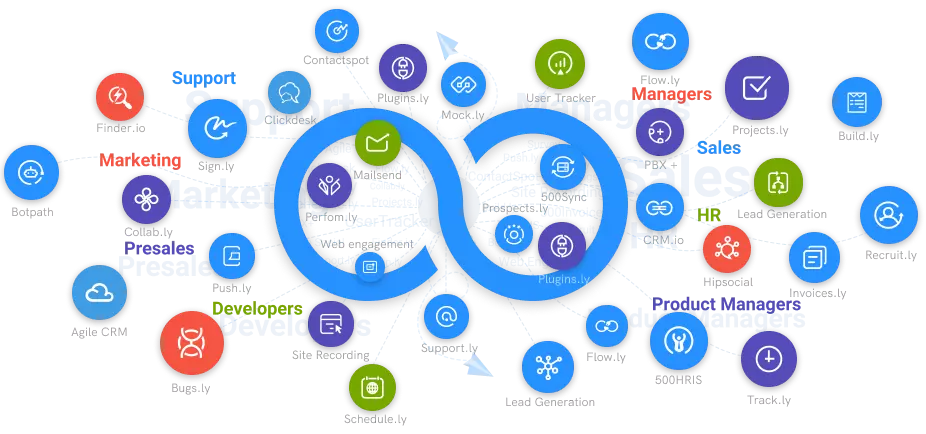Low-Code No-Code Development Difference
Low-code app development is the future of app building. However, let us look at the difference between low-code and no-code platforms in this article.
#1
Functional and Scalable App
#2
Intuitive Drag-and-Drop Editor
#3
Less Coding Knowledge Approach
#4
Cross-Device Functionality
#5
Professional App Development
#6
User-Friendly Interface
#7
Availability of Visual Tools
#8
Easy App Maintenance
#9
Unbelievable pricing - the lowest you will ever find
#10
Everything your business needs - 50 apps, 24/5 support and 99.95% uptime
Despite the market misunderstanding, it is easy to distinguish between low-code and no-code systems. Low-code platforms set themselves apart from no-code ones with hundreds of small features and functions. The majority of them aren't visible at the UI level, which is where much of the misunderstanding between the two stems.
This blog article discusses the features that distinguish the two so that you may better understand where they can belong in your organization. Let us begin with low-code.
Low Code App Development Platform:
Low-code is a technique that allows developers of various skill levels to build apps fast and with minimal hand-coding by dragging and dropping visual pieces of existing code into a workflow. Creating software with low code is similar to building software in any other method, with the primary distinction being the sorts of shortcuts available.
Before creating a single line of code for your app, you start working on something original and significant rather than manually coding a user management system or learning the newest programming framework. Skilled developers can work more efficiently and quickly with low-code since they are not constrained by repetitive coding or labor. Additionally, they can focus on the 10% of an application that makes it unique, architecting it totally using their own skills and knowledge while delegating the tedious tasks to a low-code tool or platform.
Benefits of Low Code App Development Platform:
Using a low-code platform has several advantages. Before we get into what no-code brings to the table, let's take a high-level look at the main benefits of low-code development. Here's the list:
Speed: With low-code, you can create apps for many platforms at the same time and present working samples to stakeholders in days, if not hours.
Few Resources: If you're working on a large project, you won't have to wait for developers with specific expertise to finish another lengthy project, which means things will be done faster and at a cheaper cost.
Low Risk and High ROI: There is less risk and more time to concentrate on your business when using low-code because complete security procedures, data integration, and cross-platform compatibility are already built-in and easily customizable.
Deployment with One Click: Pushing your low-code application to production only requires one click. No longer is launch day a stressful event.
No Code App Development Platform:
In contrast to low-code, no code mostly serves business executives or those in IT who may not be familiar with programming languages but want to create an application for a specific use case—often for their department. Everything the seller believes the user requires to develop an app is already integrated into the product.
No-code solutions are comparable to famous blogging platforms and e-commerce website design firms in that they provide pre-built pages that you can use to establish your blog or business in minutes. No-code allows business users to meet an immediate requirement without pulling IT attention away from mission-critical development initiatives.
Low Code App Platform or No-code App Platform:
Both low-code and no-code app development platforms are designed with one goal in mind: speed. But how can you determine when you should utilize one over the other?
Low-code is ideal for creating independent mobile and web apps, as well as portals that will most likely require integration with other systems and many data sources. In reality, it may be used for almost anything, with the exception of very complicated, mission-critical systems that connect with many backends and external data sources. No-code tools, on the other hand, should only be utilized for front-end tasks. So, unless you're building only the most basic applications that require no modification, low-code is probably the best alternative. You can create user-friendly, responsive apps with low code.





